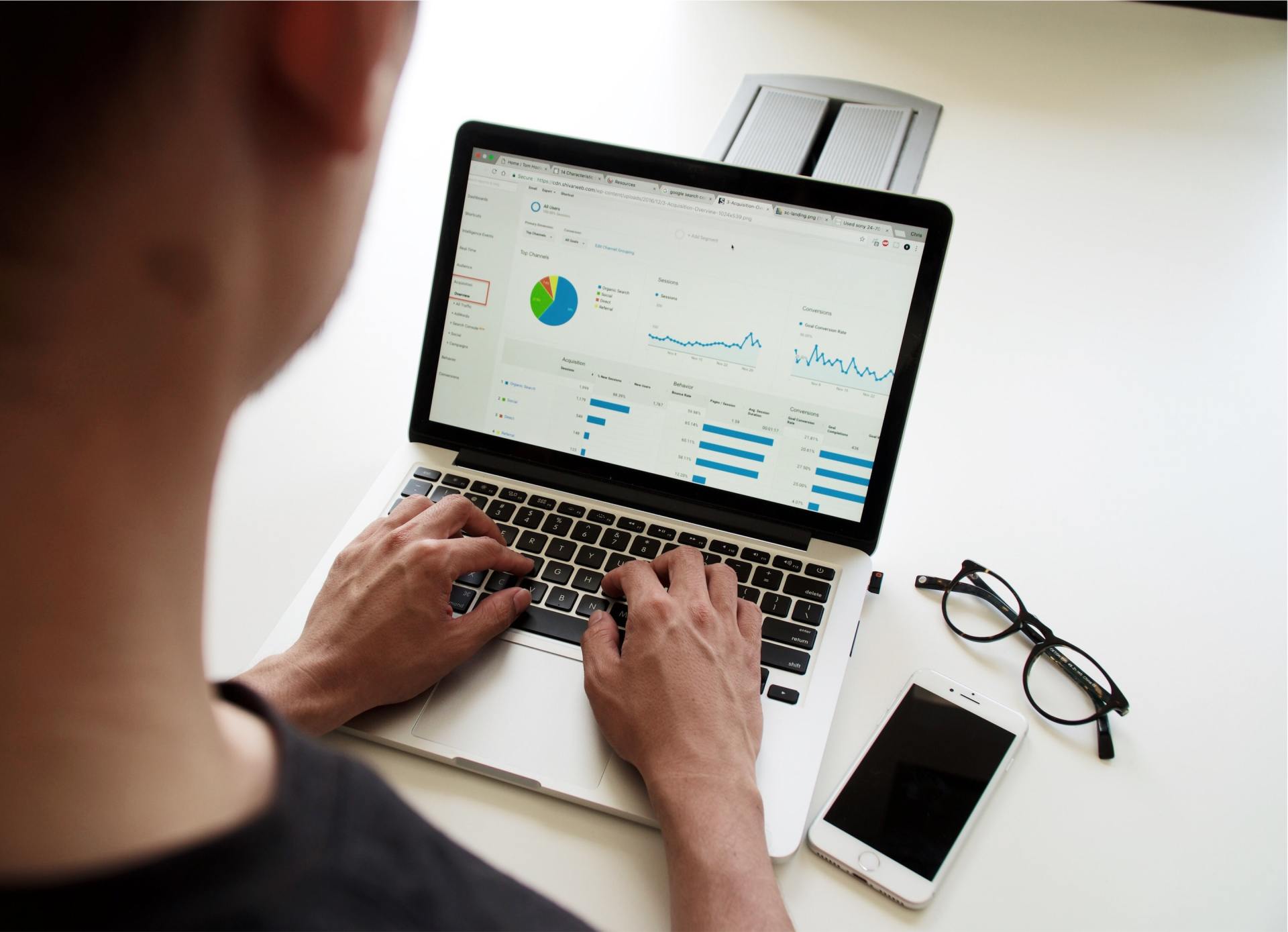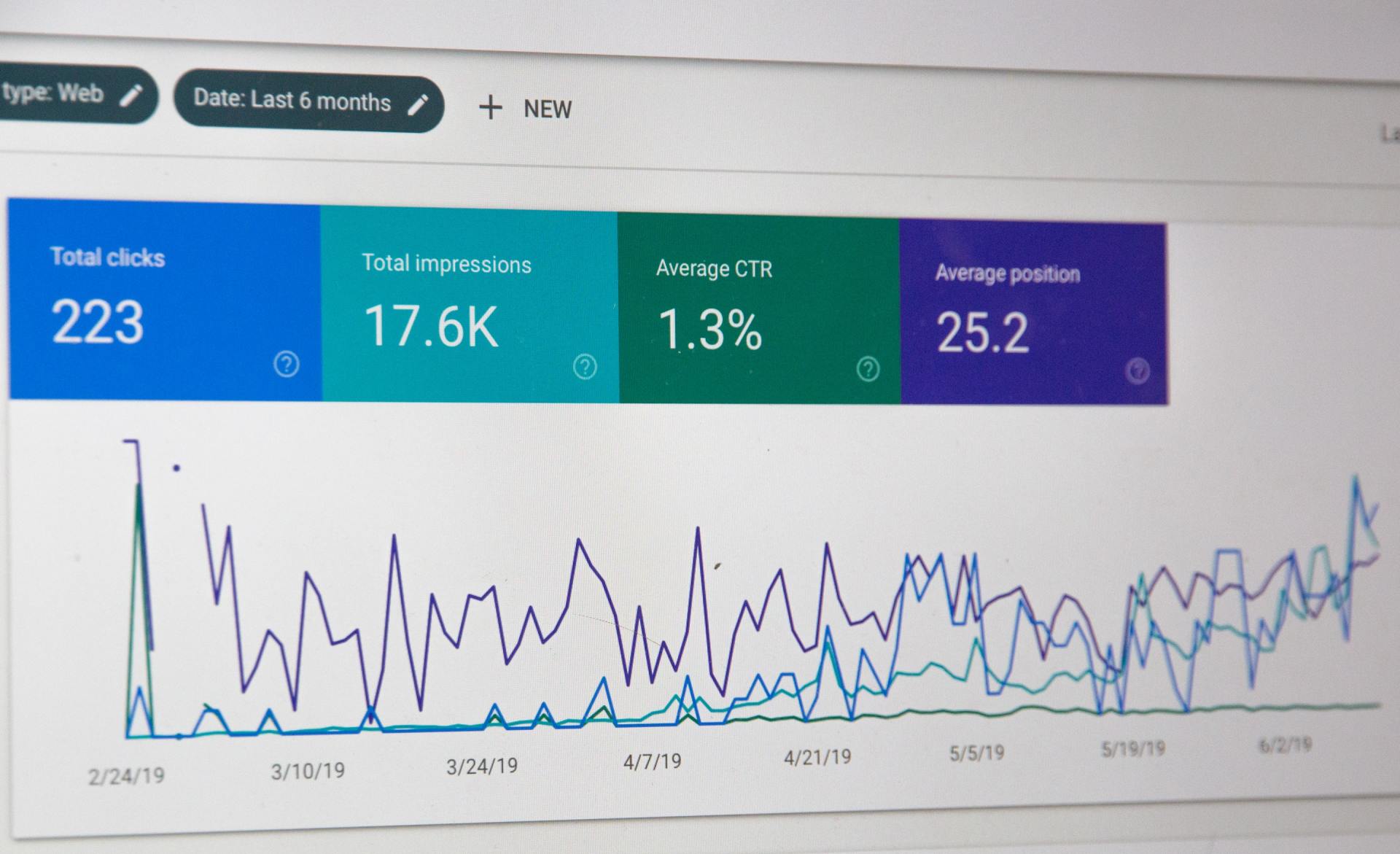
How Digital Banking Tools and Risk Analysis Shape Smarter Financial Decisions for Entrepreneurs
By
Joseph Provence, a news contributor who writes about technology, business, and e-commerce.
May 14, 2025 1:30 PM MST
Entrepreneurs face unique challenges when launching and growing a business, and analyzing risks is a critical step in ensuring long term success. When entrepreneurs analyze risks, they evaluate potential threats such as financial instability, market competition, or operational disruptions. According to
Aon’s Global Risk Management Survey, financial institutions rank cyber attacks and regulatory changes as top risks, with 70% of respondents noting losses in digital talent impacting risk management. Entrepreneurs can apply similar diligence by identifying risks, assessing their likelihood and impact, and developing mitigation strategies. For example, financial forecasting can predict cash flow issues, while diversifying revenue streams reduces dependence on a single client. The U.S. Small Business Administration reports that 50% of small businesses fail within five years, often due to inadequate risk planning, underscoring the need for robust strategies.
For entrepreneurs seeking personalized financial advice, in person meetings with a financial institution representative can be invaluable. If someone wanted to talk to a financial institution representative in person, they would need to schedule an appointment at a local branch. A 2024
Harris Poll found that 36% of consumers
prefer guidance from financial institutions, with 37% favoring financial professionals for complex advice. Most banks require customers to call ahead or use an online booking system, bringing documents like business plans or financial statements. In person consultations allow discussions on business loans, investments, or debt management with tailored guidance. The City National Small Business Report noted that 39% of entrepreneurs said banks played a significant role in their growth, particularly for businesses earning over $3 million annually.
As technology transforms banking, entrepreneurs often compare mobile and online platforms. What can be done in a mobile banking app that can’t be done online? Mobile apps offer unique features like remote check deposits, real time alerts, and location-based services. A 2021 Marqueta survey revealed that 80% of U.S. mobile banking
users prefer apps for account access, with 21% prioritizing ease of use. Users can deposit checks by photographing them, a function rarely available online. Apps also provide instant transaction notifications, helping entrepreneurs monitor finances on the go. Some integrate with digital wallets for contactless payments, enhancing convenience. The FDIC notes that 19 million U.S. households used mobile banking in 2023, with usage projected to reach 38 million by 2025.
Managing your money can be made easier with online and mobile banking since they help you monitor accounts, transfer funds, and pay bills efficiently. Bank of America’s 2017 Trends in Consumer Mobility Report found that 62% of Americans use mobile banking apps, with 47% of users aged 53–71. These platforms enable real-time balance checks, automatic payments, and spending tracking without branch visits. Online banking often includes budgeting tools, while mobile apps add portability. McKinsey research shows that digital banking can reduce operating costs by up to 70%, benefiting both banks and users. By streamlining tasks like invoice payments, these tools save time, allowing entrepreneurs to focus on growth.
Entrepreneurs can thrive by analyzing risks systematically and leveraging modern banking solutions. In person meetings provide personalized support, while online and mobile banking offer efficiency. Combining these strategies ensures effective financial management and a strong foundation for success.




